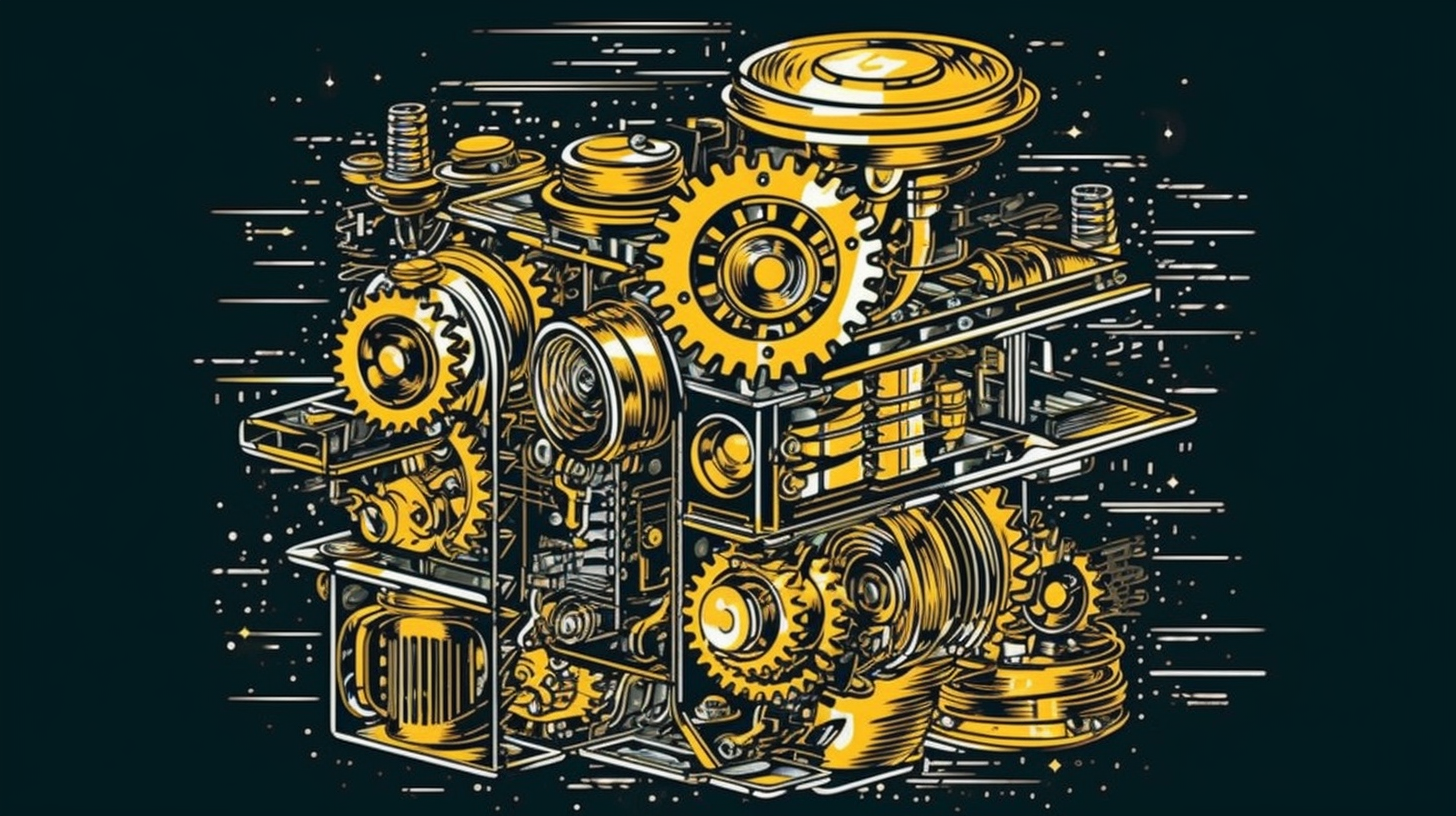Determining High-Performing Database Solutions: A Guide for the AWS Certified Solutions Architect (SAA-C03) Exam

Taking a Dive into Databases: The Drive for Performance
Hoo boy! If you're one of those tech enthusiasts preparing to crack the AWS Certified Solutions Architect (SAA-C03) Exam, then listen up! You're about to embark on an exciting journey. On your path, you'll encounter a lot of thorny subjects, but hold those horses, as we'll tackle one of the most intriguing and important tenants of the exam - determining high-performing database solutions! Folks, buckle up! We're about to take a headfirst dive into a sea of database solutions. But don't fret—I promise it won't dampen you!
Well, let's get started. In the rapidly advancing tech world, databases have evolved. They're not just warehouses for data storage anymore—they've transformed into complex systems involving decision making, analytics, and execution of large-scale operations. The critical factor that distinguishes one database from another, nowadays, is performance. You see, a high-performing database, much like a well-oiled machine, gears the entire architecture and operations of an organization toward optimal performance. So, dear friends, determining the most suitable and high-performing database solution is, without a shred of doubt, a vital skill to have under your geeky cap.
Deconstructing Databases: A Peek into the Academic Side of Things
Well, strictly speaking from an academic lens, the principle central to determining a high-performing database solution lies in the careful assessment of various fundamental factors. The types of data structures involved, concurrency control, indexing strategies, storage and retrieval techniques, and the nitty-gritty of transaction processing—are all key elements that shape the performance of a database. Neglect one, and you might just find yourself stuck in the mire of underperformance. But don't sweat it! Once you understand each cog in the machinery, you're set to shuffle the deck in your favor.
From a design perspective, sharding— that's chopping up data into multiple, smaller databases— helps enhance the read/write capacity, thereby improving performance. Similarly, a technique known as replication aids in sharing data across multiple databases to ensure data availability and durability. It's all very technical, but keep your chin up! Understanding these concepts sure does make you a master in choosing the high-performing database solution from a maze of options.
The Stats Don't Lie: Numerical Insights into High Performance
Now, if you're a numbers person, here come some crunchy statistics! According to a study published by IDC, organizations that shifted to high-performance databases reported a 60% increase in operational efficiency, and hold on your hats, a whopping 100% increase in satisfied customers! But wait, we've got more for you! These same organizations also saw a 50% reduction in unplanned downtime incidents. If these facts haven't convinced you about the significance of high-performance databases yet, then nothing else will!
Folks, remember this. A well-designed, high-performing database system goes beyond just storage and retrieval of data. It's about ensuring operational efficiency, customer satisfaction, and saving your bacon when downtime tries to creep up and surprise you! In the grand scheme of things, knowing how to determine high-performance database solutions isn't just a skill—it's a Superpower! So, get those thinking caps on, dig deep, and conquer that AWS Certified Solutions Architect (SAA-C03) Exam. Good luck, champs!